The Holocaust is not to be forgotten. I firmly believe that our ignorance is the cause of most of humanity’s problems.
It is precisely ignorance the reason why I encourage people to travel and see the world for themselves, shed the light of knowledge on the darkness of unawareness.
Mankind needs to learn the lessons of the past in order to ensure a brighter future and The Holocaust Memorial Museum in Washington D.C. aims to let the world know about one of the most horrifying genocides in history, so that we won’t allow it to happen ever again.
I was privileged enough to visit the Museum earlier this year and for some reason I am always moved by testimonials and information about this terrible massacre, let me share with you a bit of this chilling and enlightening experience.
What is the Holocaust?
From the Museum’s website:
The Holocaust was the systematic, bureaucratic, state-sponsored persecution and murder of approximately six million Jews by the Nazi regime and its collaborators. “Holocaust” is a word of Greek origin meaning “sacrifice by fire.” The Nazis, who came to power in Germany in January 1933, believed that Germans were “racially superior” and that the Jews, deemed “inferior,” were an alien threat to the so-called German racial community.
During the era of the Holocaust, German authorities also targeted other groups because of their perceived “racial inferiority”: Roma (Gypsies), the disabled, and some of the Slavic peoples (Poles, Russians, and others). Other groups were persecuted on political, ideological, and behavioral grounds, among them Communists, Socialists, Jehovah’s Witnesses, and homosexuals.
The Holocaust, also known as the Shoah in Hebrew occurred during World War II in German occupied territory until May 7th, 1945 when the German armed forces surrendered to the western Allies, thereby ending the war.
Bringing awareness to new generations
The Museum was opened in 1993 and since then it has welcomed about 30 million visitors, 90% of which are not Jewish.
Its three main objectives are:
- Help citizens of the world confront hatred.
- Prevent genocide.
- Promote human rights.
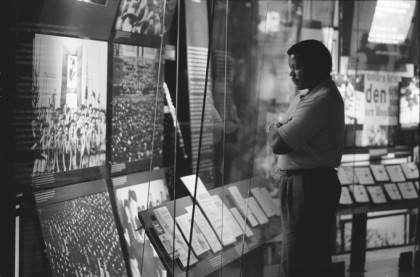
Photo: Holocaust Memorial Museum.
Located at the Washington National Mall, the Museum reinforces the message of freedom and respect for human life.
The outside of the building is foreshadowing of the stark interior. Written passages on the exterior walls summarize the spirit of the Museum.
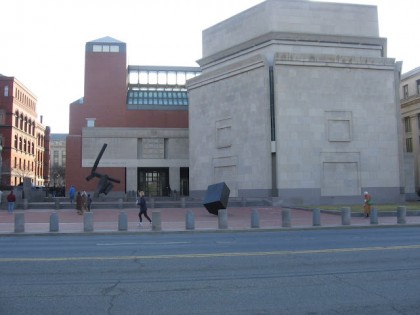
Holocaust Museum facade.
The Holocaust Memorial Museum permanent exhibition
Called quite simply “The Holocaust”, the exhibition is located on three floors of the building and it’s organized in chronological order, starting with “Nazi Assault”, then “The Final Solution” and finishing with the “Last Chapter”.
With more than 12.000 artifacts, thousands of photographs, thousands of hours of video displayed in over 70 monitors, the permanent exhibition is quite a lot to take.
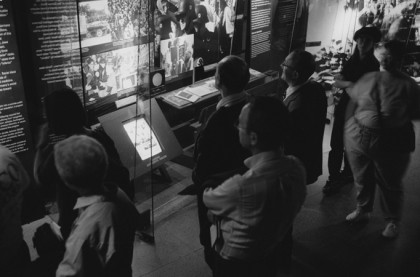
Photo: Holocaust Memorial Museum.
The Museum is supposed to be seen from the top floor down, so when you get there you need to register and a guide will make a small group and lead you towards the elevators. Just beside the elevators there is a small display with passport-like booklets, each with the story of one child. Sometimes the child made it alive, sometimes not. I felt this was such a touching gesture and it kind of prepares you for what’s coming.
Eight things that made an impact on me
The exhibition is filled with video and displays with artifacts, clothes, pictures, posters, suitcases and models that bring you very close to the experience of The Holocaust, all of them very well organized and clear.
Some videos are covered with low walls in a way that warns you beforehand about the content of the video, so that when you get closer you can watch it or just choose not to.
Here are the things that struck me the most:
1. The Tower of Faces:
Is a space three floors high covered with photos of Jews from Lithuania who were massacred in 1941. Seeing the faces of men, women, little children, elderly people, some smiling, some hopeful, I was just wondering if they had any idea of what was coming.
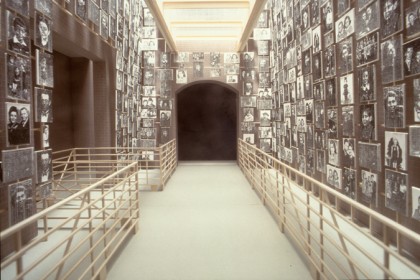
Photo: Holocaust Memorial Museum.
2. The model of the crematorium
There’s also a scale model of crematorium II at Auschwitz-Birkenau on display. The figures, which are about three inches high, show the sequence of events from being selected, to dying in the gas chamber and then being moved to the crematorium. The figures are all white, I believe they’d be even more horrific if they had their real life colors.
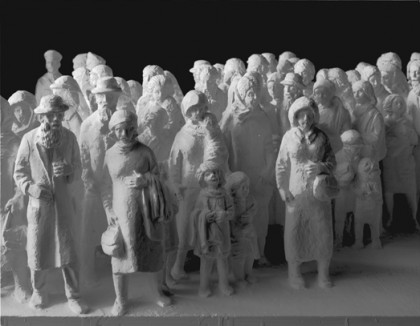
Photo: Holocaust Memorial Museum.
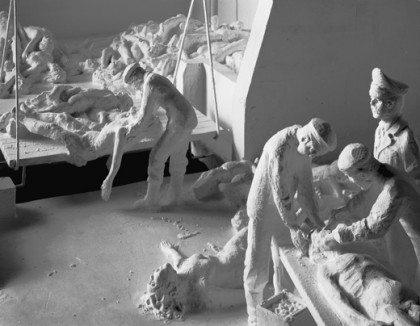
Photo: Holocaust Memorial Museum.
3. The dissecting table and crematorium doors
Despite being a copy, these real life size models remind us of the industrialization of death that the Nazi regime implemented.
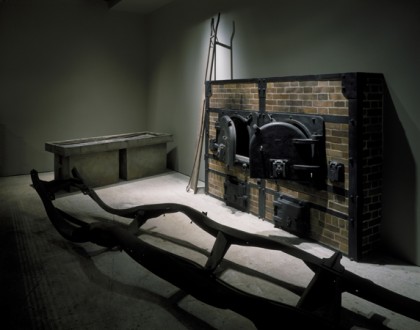
Photo: Holocaust Memorial Museum.
4. The barracks of Auschwitz
How they’d hold many prisoners, all hoping to be a bit warmer while starving and sick. There was a small oven nearby that prisoners used to try to heat up the space. They had nothing but a ragged thin blanket to get through bitter winter nights.
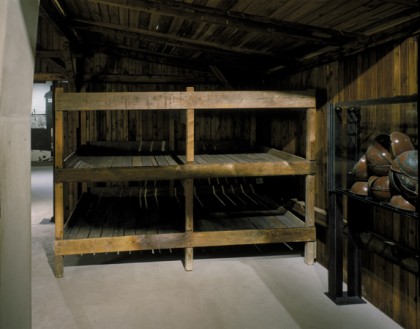
Photo: Holocaust Memorial Museum.
5. The glass bridges
They connect one room to another, showcase lists of Jewish names or whole towns wiped out by the Nazi regime. It’s so overwhelming to read them and look to the side and see that the list is endless and that behind each name there’s a real person, a real family, an entire town.
6. The railcar
A wagon of one of the trains that transported prisoners to ghettos and concentrations camps. This to me was the most bone-chilling of all the artifacts in the exhibition. The railcar is open, and you go inside to pass from one side of the room to the other. I stayed in for a moment and tried to shut my mind and feel the energy in it. It was so overwhelming, I could almost feel the suffering.
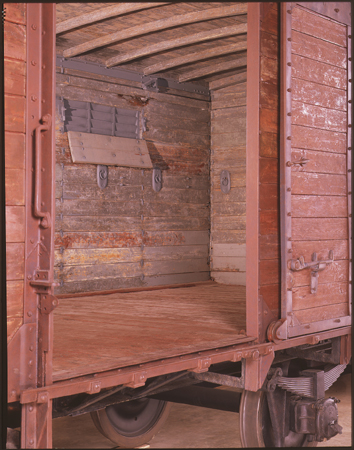
Photo: Holocaust Memorial Museum.
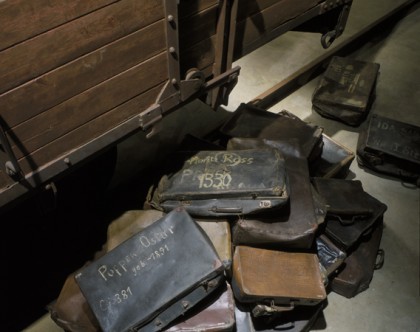
Suitcases next to railcar. Photo: Holocaust Memorial Museum.
7. The videos
Proved too much for me at times, but they’re a very palpable document of the horrors that the Nazi regime imposed on their prisoners, what they went through.
8. The Hall of Remembrance
It’s the official memorial to the eleven million victims and survivors of the Holocaust. Visitors can visit the eternal flame, light candles and feel the solemn atmosphere of this beautiful space.
We will not forget
With itinerant exhibitions and thousands and thousands of documents and materials for us to see and read about both at the Museum and on their website, it is our responsibility as citizens of the world to spread the message of peace, tolerance and human dignity the Museum promotes, to learn about the past so that we won’t repeat it or allow others to repeat it.
Has ever an exhibition touched you so deeply?
Have you visited the Holocaust Memorial Museum before? What impacted you the most?
Leave me a word in the comments field or share the article using the buttons below!
Practicalities
- Getting to the Museum is easy, just take the metro until station Smithsonian Metro Blue and Orange Lines, and walk about one block to the west. Click here for a map of the metro in Washington DC.
- Entrance is free, but from March through August it’s the busy season and you have to request a timed free pass either at the counter or on at www.tickets.com
- The museum is open from 10 am to 5:30 pm but there are extended hours on Tuesdays and Thursdays from April to June.
- Allow for two to three hours to see the permanent exhibition.
- Click here to see the Permanent Exhibition Guide which contains a map of the museum.
- Click here to see the Exhibition Information.
- At the main hall, you can find survivors who are ready to answer any of your questions.
- Neither pictures, nor video are allowed inside the exhibitions.
- Children under 11 years old are not recommended to visit the exhibition.
- This is a self-guided exhibition.
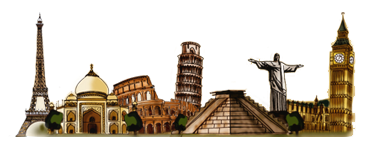


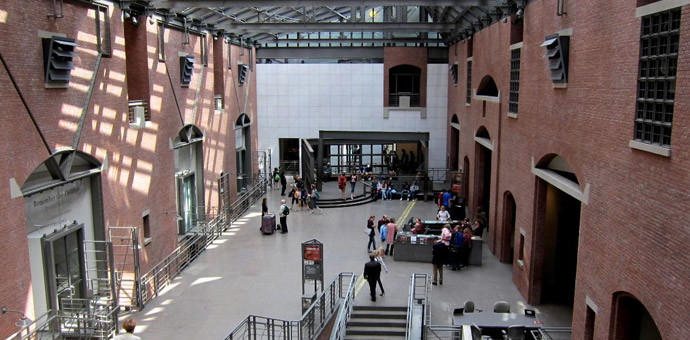
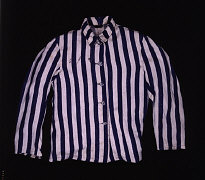
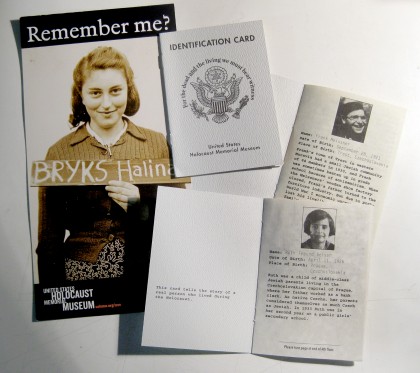
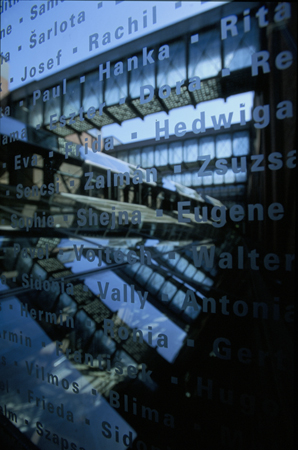
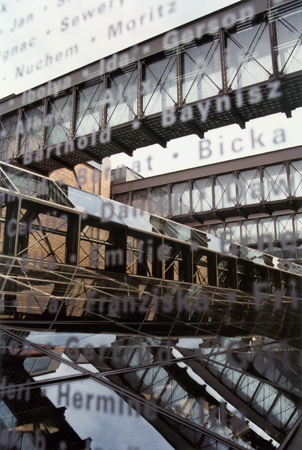

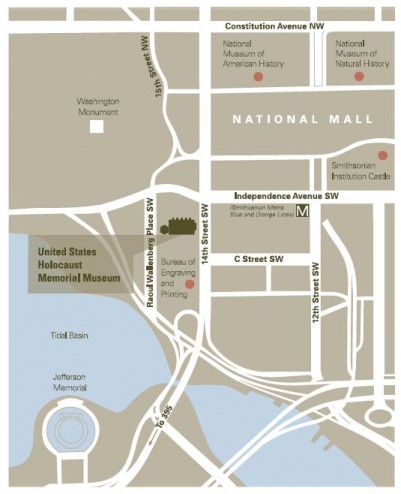
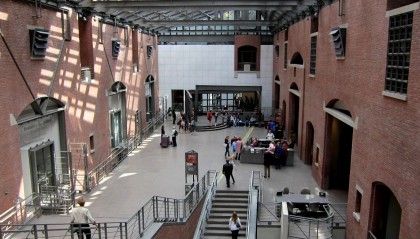
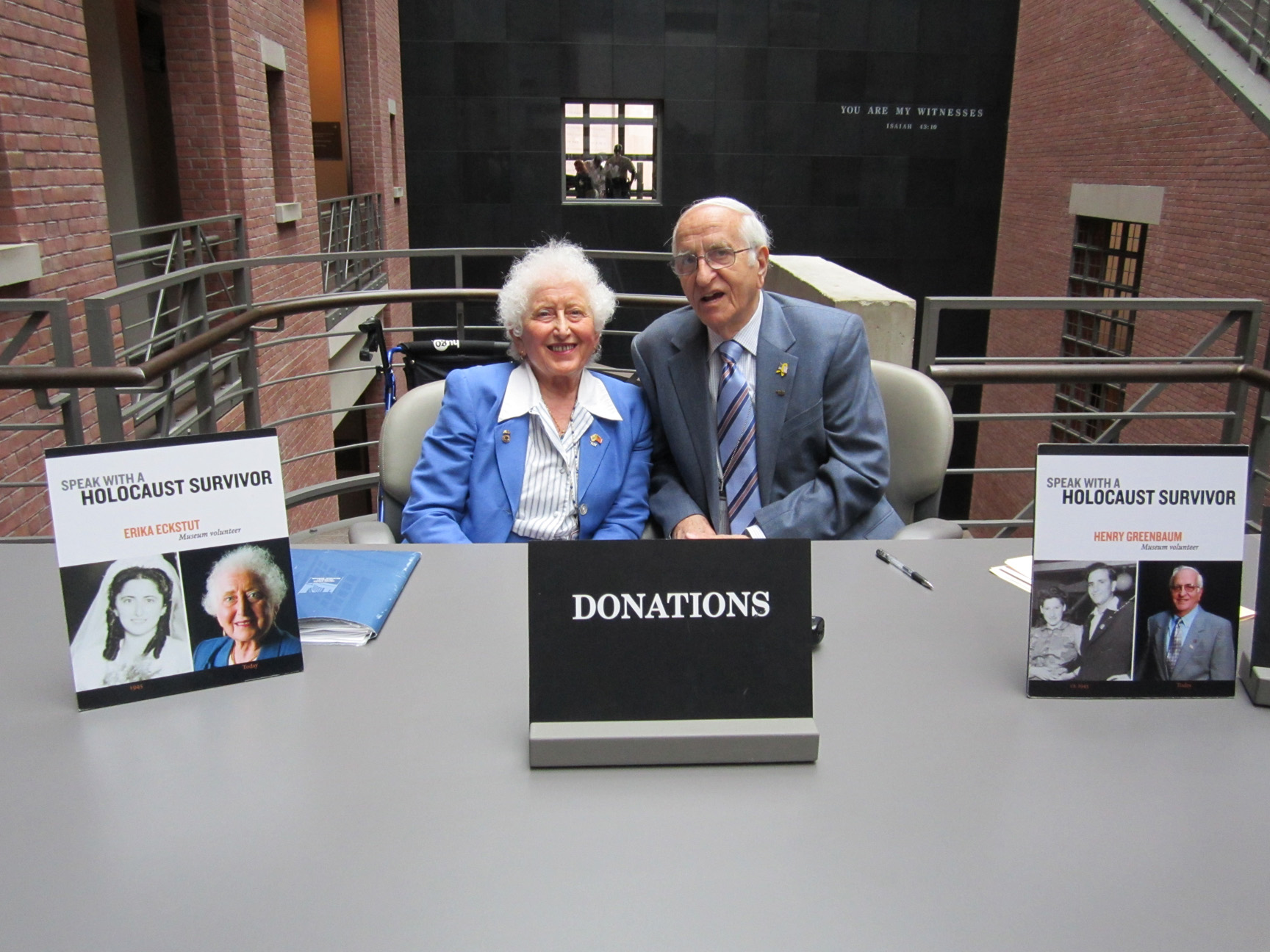
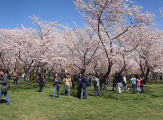


















[…] C (2011) “Do not forget the Holocaust Memorial Museum” Cultural Travel Guide Available at: http://www.culturaltravelguide.com/the-holocaust-memorial-museum-washington html (Accessed 14 March […]
Your experience sounds very similar to mine. I had to shut down to a degree in order to even look through the items without breaking down. It left a lasting impression on me.
Yes, me too… Would you go back a second time?
Thank you for commenting, Melanie!